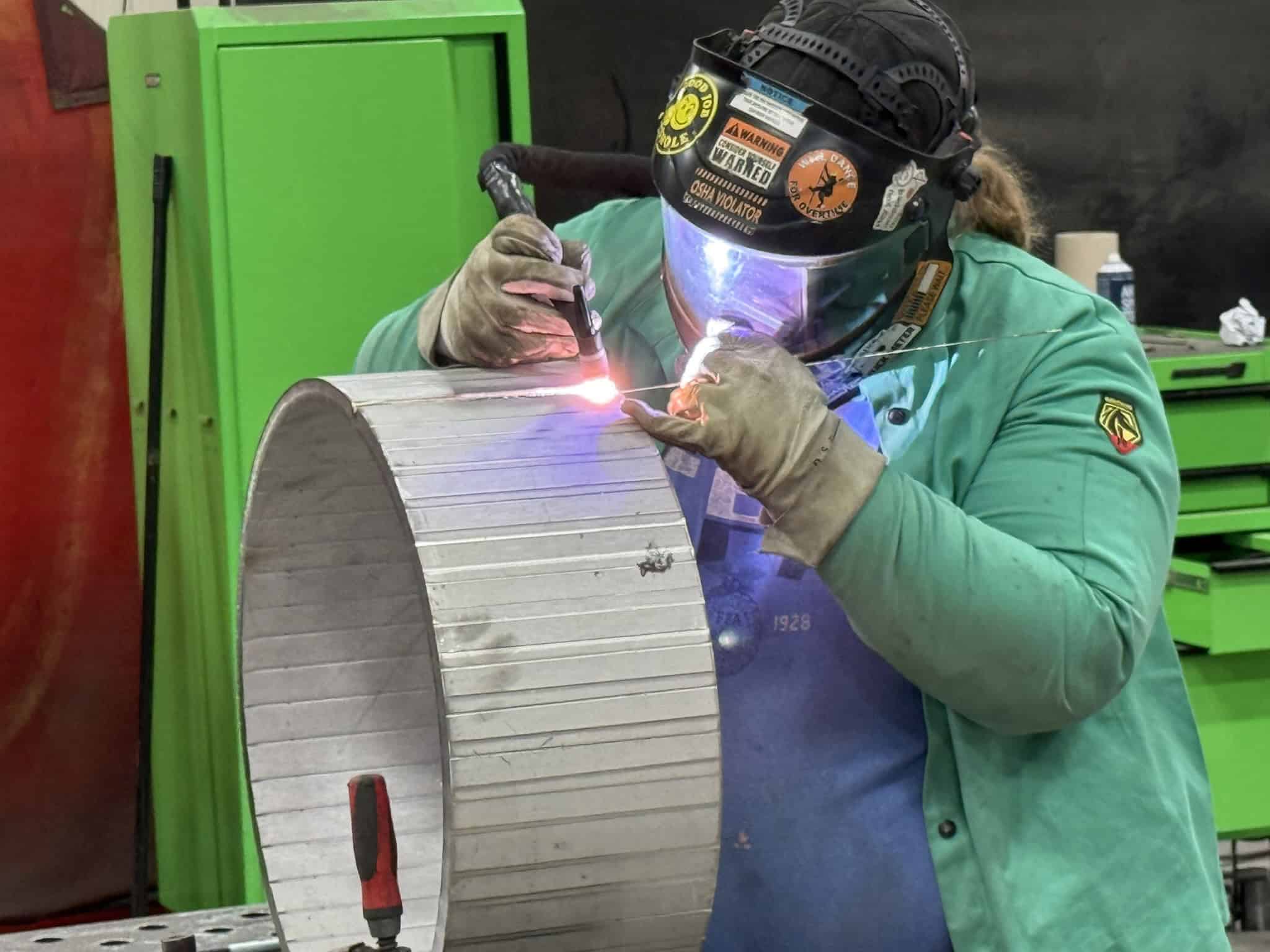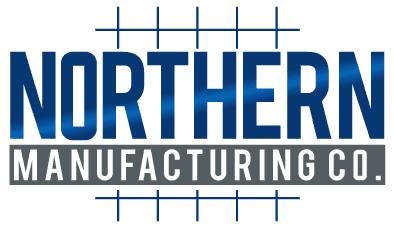That 316L Weld Wire You Certified Might Be 308. Here’s Why That Matters.

A mislabeled 316L weld wire that turned out to be 308 exposes a critical supply chain risk. Learn why trusting MTRs alone isn’t enough—and how PMI verification ensures true material integrity.
On paper, everything was perfect.
During a routine quality check, we performed a Positive Material Identification (PMI) test on a fillet weld for a project specifying Grade 316L stainless steel. The result from our PMI analyzer was immediate and concerning: the weld wasn’t 316L. Its chemistry was closer to Grade 308.
Our first thought was welder error. But when the welder showed our quality auditor the spool of wire in his machine, the label clearly read “316L.” We checked the paperwork; the spool’s label matched the packing slip, the purchase order, and the certified Mill Test Report (MTR) we had on file. According to every document, we had the correct material.
Then we tested the physical wire itself. The PMI analyzer confirmed our fear: the wire was indeed 308, simply packaged in the wrong spool.
An error had occurred somewhere in the complex global supply chain, and no amount of diligent paperwork review could have ever caught it.
The MTR is a Claim, Not a Guarantee
This incident is a stark illustration of a hidden risk in modern fabrication. We are taught to trust the MTR as a material’s “birth certificate.” While it is an essential document, it’s crucial to understand its fundamental limitation: the MTR is a claim about a piece of paper, not a guarantee about the physical steel in your facility.
The journey from the steel mill to a welder’s hand is long and complex. A mix-up can happen at the distributor, during packaging, or in transit. Once that physical error is made, every corresponding document becomes a source of misinformation, providing a false sense of security.
Why This Matters to Your Business
Using a 308 weld wire on a 316L project isn’t a minor detail—it’s a critical failure waiting to happen. The primary difference is Molybdenum content, which gives 316L its superior resistance to pitting corrosion, especially from chlorides. A component fabricated with the wrong weld wire has a built-in weak point. For your customer, this could mean:
- Premature Failure: The component fails in the field long before its expected service life.
- Catastrophic Warranty Claims: The failure leads to costly recalls, repairs, and field service work, directly impacting your bottom line.
- Irreparable Brand Damage: A high-profile product failure can destroy customer trust that took years to build.
The Only Solution: A System of Verification
The only way to mitigate this risk is to move beyond a blind trust in documentation. A robust material integrity system is built on a simple “trust, but verify” principle, incorporating three key elements:
- Documentation (The MTR): The essential starting point.
- Digital Traceability: An unbroken digital chain of custody linking the physical material to its MTR.
- Empirical Verification (PMI): The scientific backstop that confirms the material in your hand is actually what the paperwork claims it is. At Northern Manufacturing, this is performed using our Niton XL2 GOLDD PMI analyzer, which provides instant, non-destructive verification of alloy grades.
This integrated approach transforms risk into certainty. It ensures that the final product is not just built correctly, but built from the correct material, every time.
Want to de-risk your supply chain? Download our complete technical white paper, The Hidden Risk in Your Stainless Steel Supply Chain, to learn how to implement a comprehensive material integrity system and protect your business from costly hidden failures.
Ready to discuss a critical project? Contact one of our engineers today to review your material specifications and quality requirements.
Discuss Your Fabrication Challenge with Our Engineering Team
Partner with a fabricator that protects your investment. Submit your drawings to our team for a technical review and a comprehensive quote that reflects the true cost of quality.
